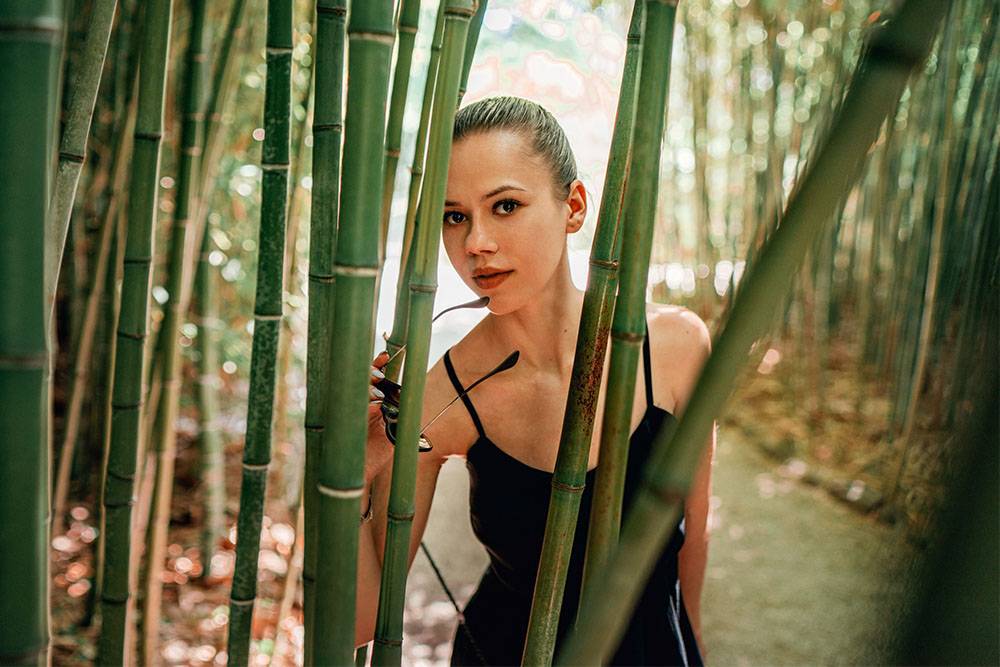
Bamboo fabric is a semi-synthetic textile made of natural cellulosic polymers extracted from bamboo. It's a rayon-like textile man-made from regenerated cellulose and used for a wide range of applications, including clothing fabrics in the fashion industry.
Bamboo rayon is very soft, comfortable, lightweight, breathable, and moisture absorbent. The biggest advantage of bamboo fabric is its very low cost.
Bamboo fiber is used in many types of fashion products on the market, mostly in cheaply produced garments as the primary fiber content or a substantial part of the fiber composition.
Unfortunately, the manufacturing of textiles from bamboo requires heavy processing. Fibers need to be disintegrated into a viscous liquid before being reconstructed into thin threads and spun into yarns.
Bamboo rayon manufacturing requires heavy processing and is usually very toxic. It requires harmful chemicals such as carbon disulfide, sulfuric acid, ammonia, acetone, or caustic soda.
Here is the truth about bamboo fabrics that most companies are hiding from you.
In this article:
- What are bamboo fabrics?
- Is bamboo a good fabric?
- Is bamboo fabric better than cotton?
- Is viscose the same as bamboo?
- What are bamboo fabrics used for?
- How are bamboo fabrics made?
- What are the benefits of bamboo fabric?
- Disadvantages of bamboo fabric
- How do you care for bamboo textiles?
- Is bamboo fabric biodegradable?
- Is bamboo clothing toxic?
- Can bamboo be recycled?
- Why isn't bamboo sustainable?
- Why is bamboo fabric bad?
- Sustainable alternative to bamboo
Panaprium is independent and reader supported. If you buy something through our link, we may earn a commission. If you can, please support us on a monthly basis. It takes less than a minute to set up, and you will be making a big impact every single month. Thank you!
What are bamboo fabrics?

Bamboo fabric isn't natural but a semi-synthetic, rayon-like textile made from regenerated cellulose extracted from bamboo. Bamboo textiles are generally man-made and cellulosic but not fully synthetic.
Very rarely is a fabric directly made from natural bamboo fibers by mechanically processing the plant stem. The process isn't commercially viable and most consumers will have a hard time finding this kind of textile.
Most bamboo fabrics available in the market are bamboo rayon or viscose. It's a conventional man-made material, cheap and highly polluting. But it remains a very versatile fiber used in a wide variety of applications.
Is bamboo a good fabric?
Bamboo fabric is very soft, comfortable, lightweight, breathable, and moisture absorbent. The biggest advantage of bamboo fabric is its very low cost.
Bamboo generally is rayon made from bamboo and a cheap fabric widely used in low-quality clothing. It's a material found in a lot of everyday clothing as a cheaper alternative.
Bamboo fibers are very pleasant to the touch, water-absorbent, and dry quickly. And they are also resistant to moths and mildew.
Bamboo fabrics drape and hang well. They have good resistance to wrinkling and pilling, with multiple sheens, and color options.
Is bamboo fabric better than cotton?

Bamboo fabric is better than conventional cotton because of its lower environmental impact. The Higg Materials Sustainability Index (MSI) gives regular cotton a total impact score of 101.9 points compared to only 55.61 for viscose rayon fabric.
Cotton is still the most widely used natural fiber worldwide and one of the cheapest to produce. And it's the second most used fiber for garment production behind polyester globally.
Cotton is easy to clean, soft, durable, lightweight, breathable, and absorbent. It's a natural material, bio-based, biodegradable, compostable, and recyclable.
However, conventional cotton has one of the worst environmental impacts amongst natural fibers used in the textile and apparel industry. It takes about 20,000 liters of water to produce one kilogram of cotton, equivalent to a single t-shirt and pair of jeans.
Bamboo fabric is also known as bamboo rayon or bamboo viscose. Its fabrication can be extremely polluting. It not only consumes large amounts of resources but also heavy chemicals that are toxic to humans and harmful to the environment if released untreated.
However, bamboo as a plant is considered natural and eco-friendly. It has amazing properties as a very sustainable crop, fast-growing with almost no fertilizer, pesticides, labor, or additional water, unlike cotton.
Is viscose the same as bamboo?
Both bamboo and viscose are polymers that can be classified as semi-synthetic, man-made, and cellulosic. Bamboo fabric is a type of viscose rayon manufactured through the same process that uses acids and solvent to dissolve natural cellulose into a viscous solution.
Rayon, commonly referred to as viscose or viscose rayon, is a whole group of cellulosic fibers made from cellulose-based material such as trees, bamboo, soy, fruits, and agricultural waste. Bamboo fabric generally is a rayon-like textile exclusively made from bamboo.
Rayon isn't a new type of fabric. It was developed back in about 1855 but the term rayon was officially adopted in 1924. Man-made cellulosic fibers include viscose rayon, modal, lyocell, acetate, and cupro.
The global production of man-made cellulosic fibers is 6.7 million tons globally. It accounts for 6.2% of all fiber production worldwide.
Viscose rayon is the most broadly used man-made cellulosic fiber. It has around 79% market share with 5.3 million tons produced in 2018.
What are bamboo fabrics used for?

Bamboo fabric is often used in the fashion industry to make affordable clothing, shoes, bags, accessories, and jewelry. It's also used to make beddings, household textiles, home decor, upholstery, and furniture.
The popularity of bamboo is rising. Fashion brands and clothing designers use bamboo to market themselves as eco-friendly and meet consumers' demands for stylish, affordable, and sustainable clothing.
Bamboo is a relatively cheap fiber that makes low-cost and low-quality clothing. It's ideal for making cheap garments as the primary fiber content.
Bamboo rayon is widely used in the textile and apparel industry as a substantial part of the fiber composition in most semi-synthetic clothing.
In the fashion industry, rayon fabrics make knitwear, sportswear, hats, suits, blouses, evening dresses, formal shirts, coats, sweaters, pajamas, undergarments, and more.
You can find rayon in homeware, furniture, upholstery, carpets, bathrobes, towels, drapes, bed sheets, curtains, and home decor, like other soft and luxurious fabrics as a cheaper alternative.
The market for bamboo fabrics is expected to slightly rise in the coming years, as new apparel and home furnishing applications develop, especially in China.
Although bamboo can be used alone, it's often blended with other types of fibers such as polyester, nylon, cotton, wool, silk, spandex, and more to lower raw material costs.
How are bamboo fabrics made?
Bamboo fabric is made from cellulose extracted from bamboo. The plant pulp is converted into a soluble compound using chemicals. A spinneret then forms long filaments of regenerated cellulose out of the solution.
Bamboo textile fabrication involves many different processes and is very chemically intense using chemicals such as carbon disulfide, sulfuric acid, ammonia, acetone, or caustic soda.
These toxic substances are needed to condition bamboo pulp, treat and dissolve cellulose fibers, and wash the regenerated fibers.
Bamboo fabric is produced by the dissolution of a cellulosic solution. It's generally made in facilities that also produce other types of semi-synthetic materials, including viscose, lyocell, modal, and acetate.
Cellulose from bamboo pulp is converted into a viscous solution using strong acids and chemicals. A heated mechanical spinneret with tiny holes then forms the filaments that will make yarns.
This specific form of extrusion is called wet spinning and produces multiple continuous filaments. The polymer is dissolved and extruded through several thousand holes into a large spin bath, washing rolls, and drying rolls.
Spinning is a manufacturing process used to create polymer fibers like rayon. The various spinning types are wet, dry, dry jet-wet, melt, gel, and electrospinning.
Wet spinning is the oldest type of spinning. Rayon production usually uses wet spinning, like many other synthetic fibers, such as nylon and acrylic.
The regenerated cellulosic fibers are cooled down, washed, purified, and extended to make long filaments. They are then ready to be spun into yarns, which are woven into fabrics by textile manufacturers.
What are the benefits of bamboo fabric?
Compared to natural fibers such as cotton or linen, the biggest advantage of bamboo fabric is its very low cost. Bamboo is knitted or woven into fabrics for fashion to replace silk or polyester as a cheap substitute option.
It's widely used for apparel such as shirts, dresses, pants, suits, jackets, and undergarments. The material is readily available, easily dyed, and often blended with other types of fiber to enhance its properties.
Bamboo fabric is very soft, comfortable, lightweight, breathable, moisture absorbent, and quick-drying. It's very pleasant to the touch with good resistance to wrinkling and pilling.
Fashion brands and clothing designers around the world use various semi-synthetic fabrics such as bamboo for their collections. As consumers demand stylish and trendy clothes faster at an affordable price, bamboo fabrics' popularity is rising.
Disadvantages of bamboo fabric
Bamboo fabric isn't generally natural or eco-friendly but is rayon made from bamboo and requires toxic chemicals for its production. Its biggest disadvantage is its negative environmental impact.
A lot of textile manufacturers use harmful chemicals and processes to make bamboo fabrics. Large amounts of water get contaminated during its production.
Additionally, bamboo doesn't resist high temperatures. Give special attention to bamboo fabrics, as they are delicate, have very low thermal resistance, and easily melt.
Bamboo fabric has low thermal stability and will lose longevity when exposed directly to UV and sunlight. Too much drying and ironing eventually damage bamboo fabrics.
How do you care for bamboo textiles?

Bamboo textiles are easy to wash and care for. They can be washed in the washing machine with a cool wash setting at a temperature lower than 40 degrees Celsius (104 degrees Fahrenheit) and a tumbling speed lower than 600 revolutions per minute.
Taking good care of your clothes is one of the best ways to live more sustainably and ensure that they last longer. Give special attention to bamboo fabrics, as they won't resist high temperature and tumbling speeds.
Extend the life of your clothes and the time you can wear them by taking good care of them and avoiding common mistakes. You can limit pressure on natural resources, reduces waste, pollution, and emissions.
Before washing bamboo fabrics, read the care instructions that can be found on the care tag. This way, you can easily determine if the garment is washable.
The washing instructions may vary depending on the fabric's blend. Pure bamboo fabrics can be cleaned and rinsed in cold water.
To save water, energy, and preserve the quality of your garment, it's best to use a temperature lower than 40 degrees Celsius (104 degrees Fahrenheit). It saves energy and prevents fabrics from melting.
Don't use any chlorine-based or strong detergent and use a gentle cycle in the washer to avoid high spin speeds. Make sure the washing speed doesn't exceed 600 revolutions per minute.
Do not dry bamboo fabrics in a tumble drier. They have very low thermal resistance and will melt under high temperatures. The more sustainable way of drying your clothes is to hang them to dry.
Place them on a line in fresh air rather than using a dryer. It preserves the quality of your garments and saves an enormous amount of energy, carbon emissions, and money.
You can also lay the fabric down on a towel for a while, then flip it over. Or you can hang it up on a hanger to help it dry naturally.
Iron your clothes only when it's necessary. If you decide to iron bamboo fabrics, select the lowest temperature possible to prevent any damage.
Iron the fabric through a damp cloth if possible. Bamboo fibers can easily melt and too much ironing will eventually damage the fabric.
Bamboo doesn't resist chemicals very well. Keep chemical-based glues, perfume, and nail polish remover, and alcohol-based solvents far away from your clothes.
Don't use acetone or organic solvents to remove stains either. They will dissolve the fibers and cause irreversible damage to the garment.
Is bamboo fabric biodegradable?
Bamboo fabric is biodegradable but can take from a couple of weeks to a few years depending on its manufacturing and the environmental conditions. Most textiles made from bamboo aren't natural but regenerated cellulosic fabrics that take time to decompose.
Even though it's made from bamboo fibers which are a renewable resource, bamboo fabrics are man-made semi-synthetic textile similar to viscose rayon.
Rayon and viscose textiles that end up in landfills take time to decompose. They release toxic gases, carbon dioxide, and methane as they degrade, which contributes to pollution and global warming.
Semi-synthetic bamboo fabrics like bamboo rayon or viscose are washed, bleached, dyed, and treated with many harmful chemicals that pollute the air, soil, and water when thrown away.
Depending on the conditions present in the environment, bamboo rayon can biodegrade in a few weeks. But it can also take up to many years to fully decompose under cold conditions.
They are release microfibers that end up in the oceans and take many years to decompose due to cooler temperatures, lack of sunlight, and oxygen.
Bamboo fabrics won't break down in a reasonably short time after disposal in contrary to truly natural fibers such as cotton, linen, ramie, or jute.
Bamboo rayon is a man-made cellulosic fiber made from regenerated cellulose extracted from bamboo.
According to recent research, cellulose biodegrades very quickly under six weeks with optimal soil moisture of -33 kPa and soil temperature of approximately 25 ºC.
However, Korean researchers pointed out that the more water-repellent rayon fabric is treated, the slower it will decompose. And most semi-synthetic fabrics receive heavy treatments to make them softer, stronger, and elastic.
The biodegradability of rayon fibers in relevant environments (wastewater treatment plants, composting, landfill, soil, seawater) is demonstrated by international standards and certified by international certification organizations such as Vincotte or Din Certo.
Is bamboo clothing toxic?
Bamboo clothing is generally toxic as its production demands the usage of chemicals such as carbon disulfide, sulfuric acid, ammonia, acetone, or caustic soda. These highly hazardous substances harm the environment and put human health at risk.
Thankfully, there are many different manufacturers of cellulosic fibers made from bamboo. Some of them are taking action to protect the planet, people, and animals living on it.
Sustainable production facilities can almost fully recover and reuse water and chemicals with closed-loop processes.
Bamboo rayon can be a very hazardous fabric when worn regularly. Its production emits poisonous gas and releases chemicals that pollute drinking water, the soil, and the air. It destroys ecosystems, kills plants and animals.
A lot of textile manufacturers use dangerously toxic chemicals and methods to produce bamboo fabrics. Large amounts of water get contaminated during bamboo rayon or viscose manufacturing.
Unfortunately, a lot of clothing on the market is made from bamboo rayon. It's labeled natural bamboo fabric when it isn't. It should be called rayon made from bamboo. The end product is still rayon and its properties are identical to rayon made from cellulose from other plant sources.
Can bamboo be recycled?
Textiles made from bamboo can be recycled when they are no longer usable. Simply drop off your clothes made of bamboo rayon at organizations that have direct relationships with commercial textile recyclers.
You can join recycling programs from towns, councils, cities, brands, and retailers that collect and recycle used items like clothing, shoes, bags, accessories, decor, upholstery, and furniture.
You can also visit websites like RecycleNow to find out what you can recycle at home or in your local area. Know what you can recycle, and where, to easily promote recycling at home and limit tremendous amounts of waste otherwise destined to landfill.
Why isn't bamboo sustainable?

Bamboo fabric is a regenerated cellulosic textile made from natural cellulose extracted from bamboo. That is why it's often marketed as eco-friendly. But it may be harmful to the environment and human health as it requires toxic chemicals for its fabrication.
Bamboo fabric production involves the same processes as rayon and is very chemically intense using harmful chemicals such as carbon disulfide, sulfuric acid, ammonia, acetone, or caustic soda.
Bamboo fabric generally is rayon made from bamboo. The man-made cellulosic fibers are regarded as a potential source of contamination for marine environments, as reported by faculty scientists.
Cellulosic fibers were also reported as an important share of microfibers in a 2011 study. Microfibers facilitate the transfer of pollutants, monomers, and plastic additives to organisms with uncertain consequences for their health.
Bamboo contributes to the number of synthetic fibers escaping through our plumbing and sewage systems. The water expelled from our washing machines transports these fibers to rivers, lakes, and oceans. The amount of microfibers entering the world's oceans is increasing at an alarming rate.
Bamboo as a plant is considered natural and eco-friendly. It has amazing properties as a very sustainable crop, fast-growing with almost no fertilizer, pesticides, labor, or additional water.
However, sustainable forest management is a primary concern with bamboo and other man-made cellulosic fiber production. The global textile and apparel industry is responsible for huge deforestation, destruction of ecosystems, and greenhouse gas emissions.
China is the largest producer of bamboo in the world followed by India. But there is no guarantee that the majority of bamboo grown there is eco-friendly. Intensive bamboo cultivation can be detrimental to the environment without regulations.
Why is bamboo fabric bad?
Bamboo fabric is generally rayon made from bamboo. It's bad because its polluting manufacturing emits poisonous gas. Heavy chemicals are required for its production and they pollute drinking water, the air, and soil, damaging ecosystems, plants, animals, and human health.
An enormous amount of water gets polluted during the production of bamboo regenerated fibers. To be more environmentally friendly, chemicals used during manufacturing must be fully recovered in closed-loop production processes.
Even if bamboo rayon can take a short time to decompose under the right conditions, it adds to waste, pollution, and microfibers landing in the ocean every day.
Garments made of bamboo are usually low-quality. They aren't very durable and lose their shape and color over time. Fibers will break down easily when washed.
Don't fall into the trap of thinking that bamboo rayon is a natural fiber. Although it's made from bamboo which is a renewable resource, bamboo rayon a man-made, semi-synthetic fiber.
Bamboo rayon production is highly polluting and has a large negative impact on the environment. Rayon also takes time to decompose, especially as it adds to the number of microfibers landing in our oceans every day.
Sustainable alternative to bamboo
Making bamboo fabrics in highly regulated and sustainable production facilities could improve its eco-friendliness.
A better alternative to bamboo rayon is lyocell. Lyocell is an environmentally friendly cellulosic fiber produced sustainably.
Lyocell is made of cellulose from wood pulp like rayon. It's a semi-synthetic fiber made from renewable materials. Lyocell isn't natural but its impact on the environment is very low compared to other synthetic fibers.
Sustainable lyocell production facilities can almost fully recover and reuse water and chemicals with closed-loop processes. When more than 99% of the solvent is recycled, lyocell production is considered eco-friendly.
The main ingredients used in lyocell fabrication are N-Methylmorpholine N-oxide (NMMO) and water. NMMO, also commonly called amine oxide, is considered non-toxic and is easily regenerated.
Lyocell is arguably one of the most eco-friendly cellulosic fibers. Usually made from wood, it can also be produced out of bamboo, soy, seaweed, or coconut.
Read our selection of the most popular, affordable, and sustainable clothing brands that create eco-friendly clothing from lyocell.
Was this article helpful to you? Please tell us what you liked or didn't like in the comments below.
About the Author: Alex Assoune
What We're Up Against
Multinational corporations overproducing cheap products in the poorest countries.
Huge factories with sweatshop-like conditions underpaying workers.
Media conglomerates promoting unethical, unsustainable products.
Bad actors encouraging overconsumption through oblivious behavior.
- - - -
Thankfully, we've got our supporters, including you.
Panaprium is funded by readers like you who want to join us in our mission to make the world entirely sustainable.
If you can, please support us on a monthly basis. It takes less than a minute to set up, and you will be making a big impact every single month. Thank you.






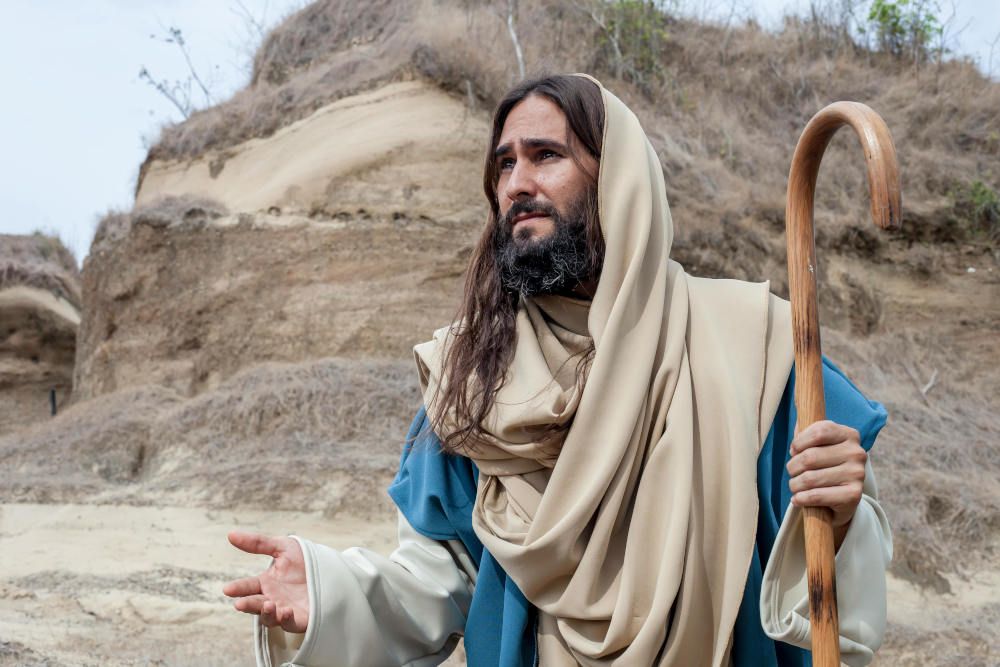
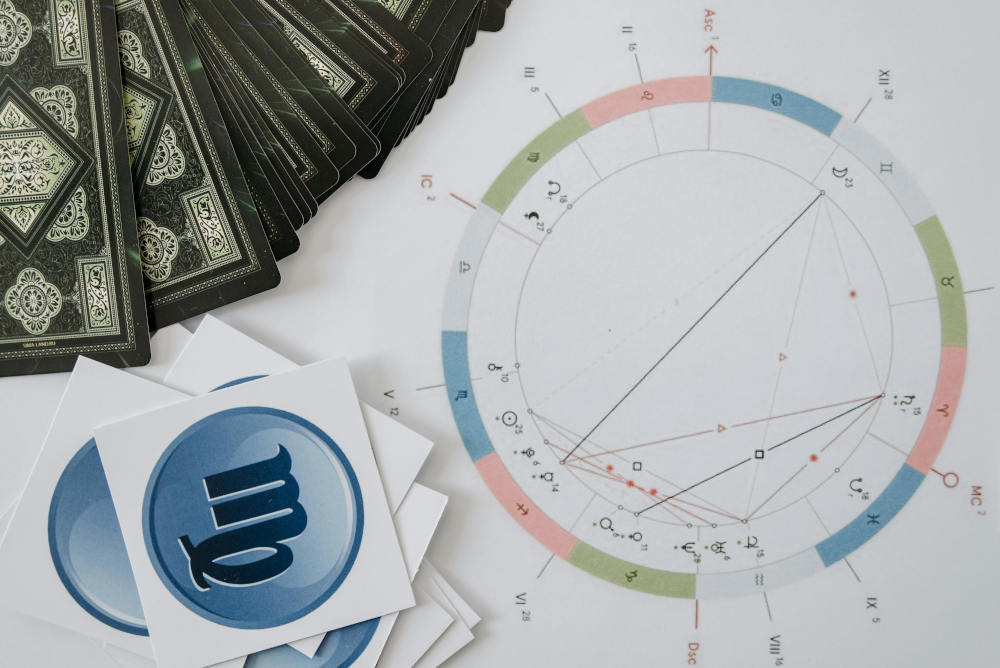
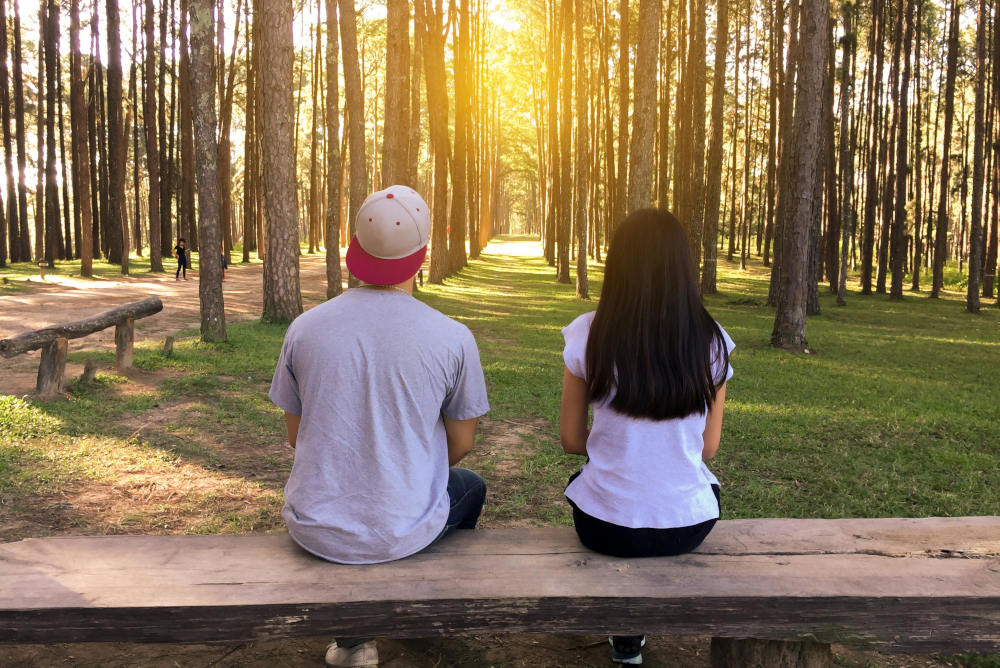


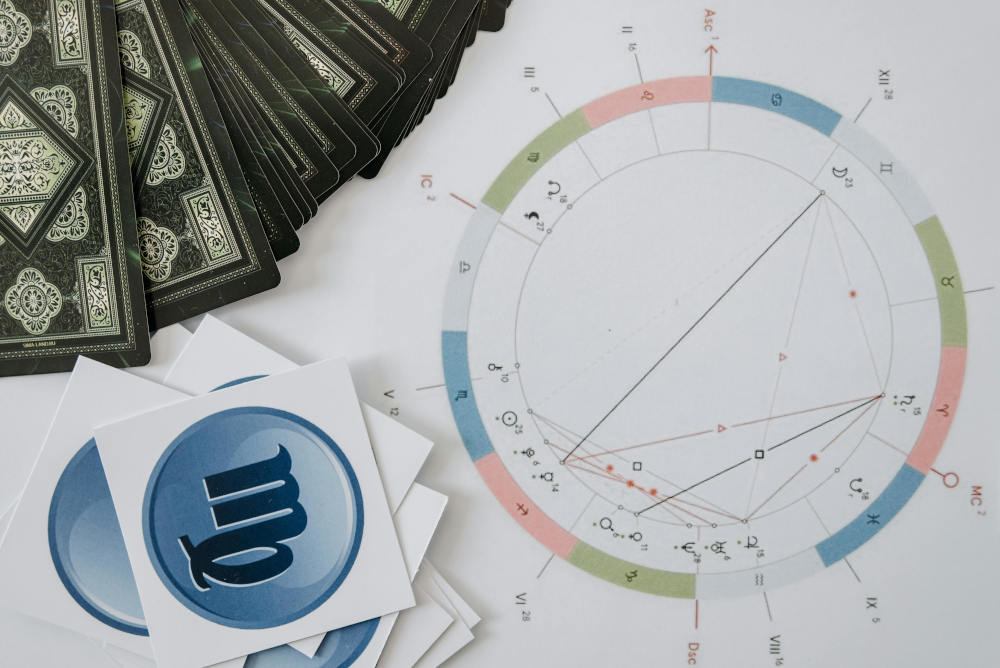



















Where does bamboo toilet paper stand in all this?